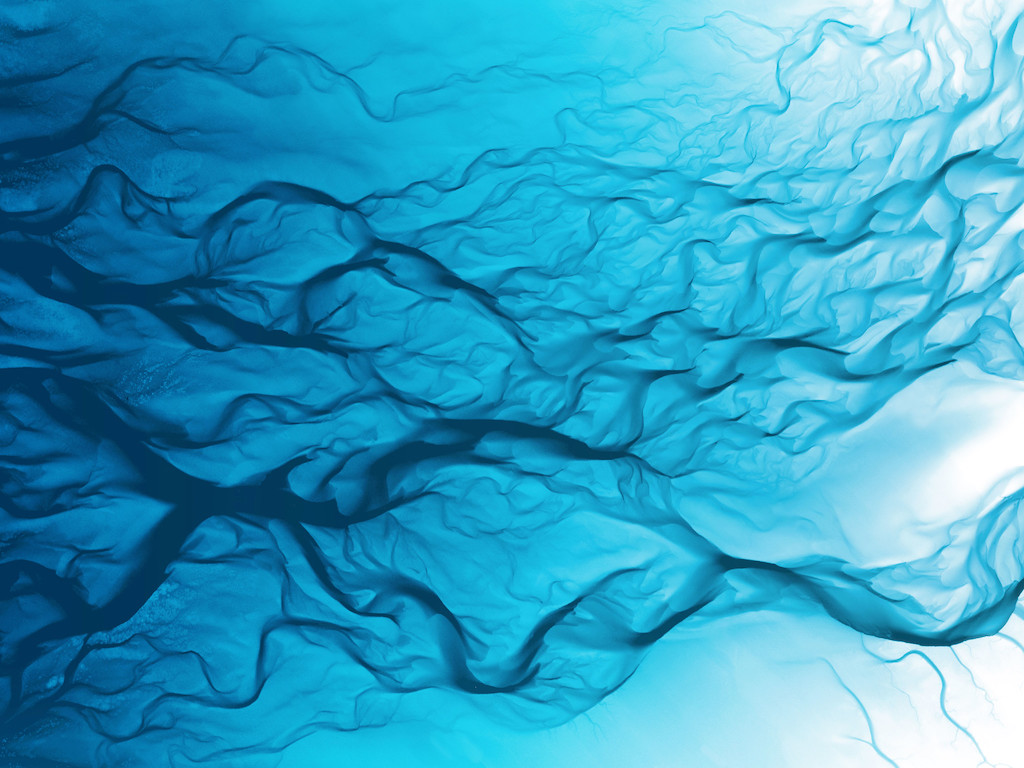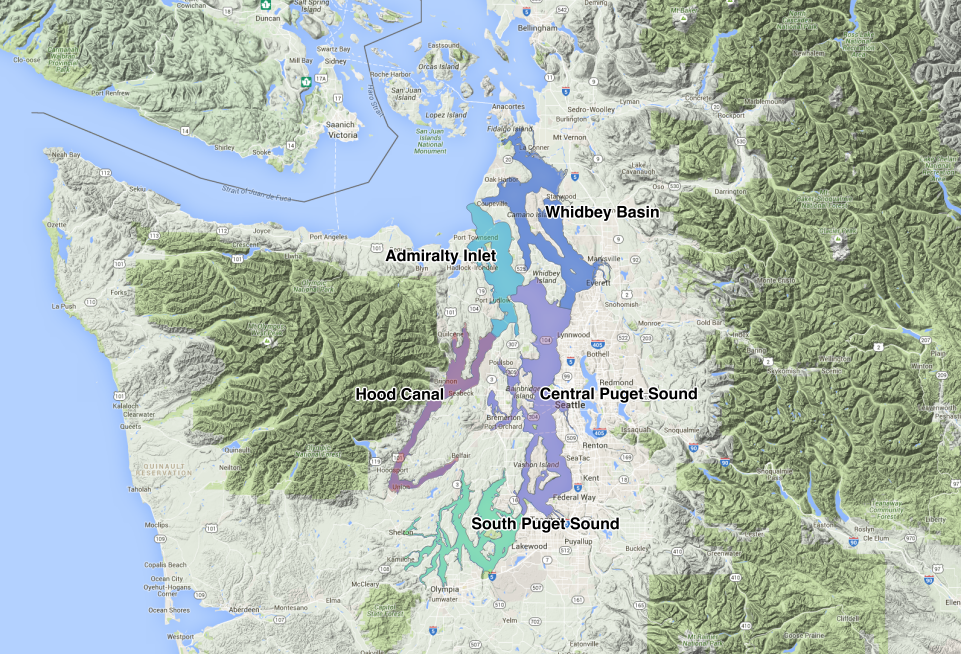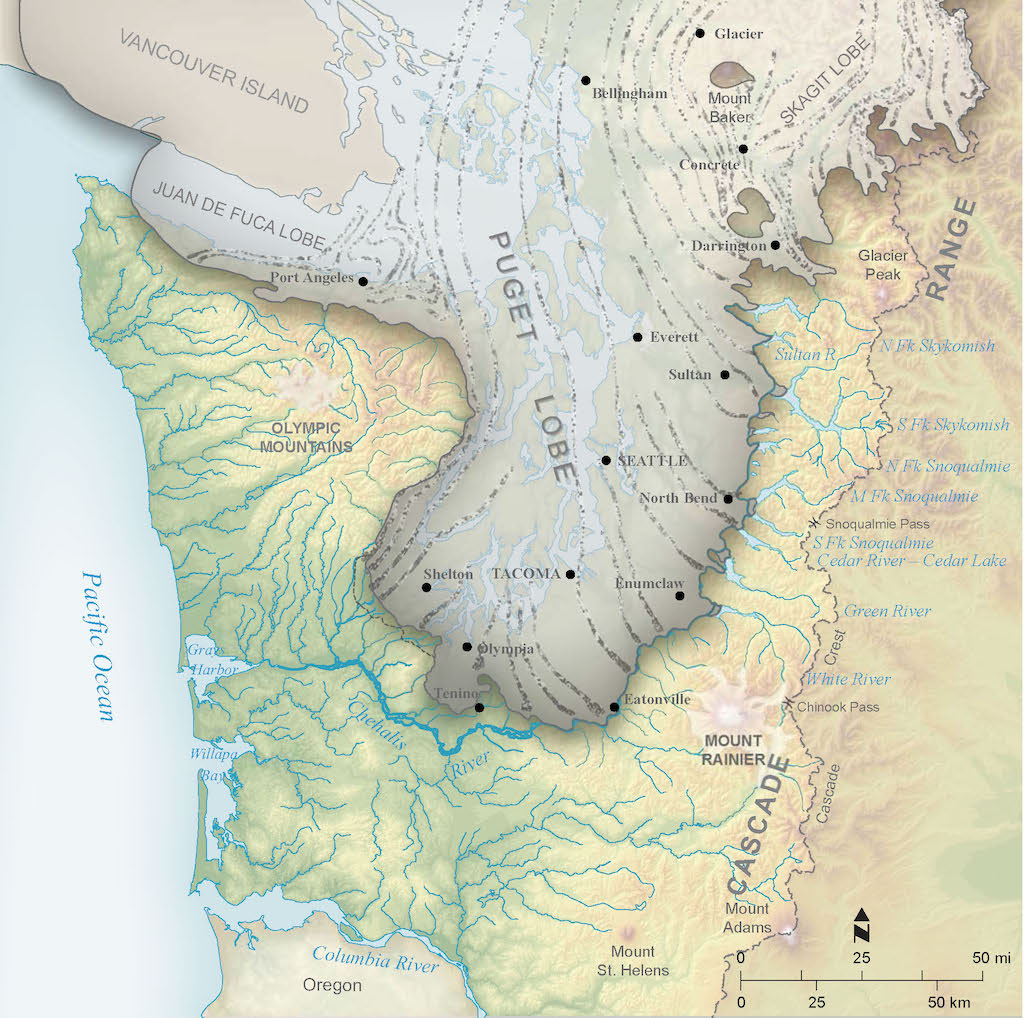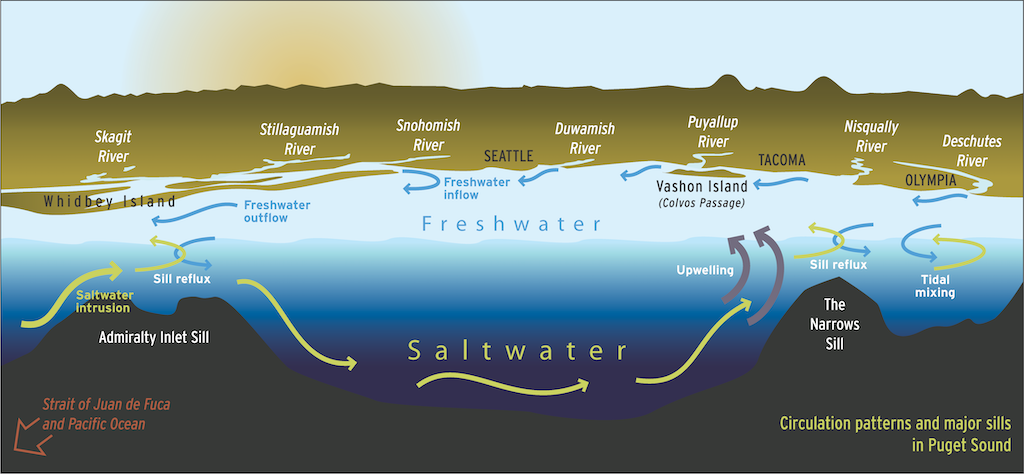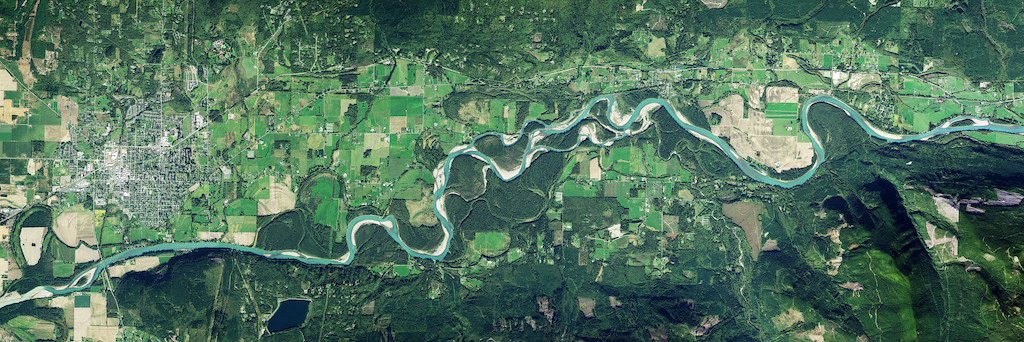After reaching its terminus, the ice began to retreat, or melt, back to the north, about twice as fast as it advanced. By 15,500 years ago, it had shrunk to the point that salt water from the Strait of Juan de Fuca could flood the depression via Admiralty Inlet and Puget Sound was born.
Like all glaciers, the Puget lobe generated great volumes of water, which flowed under the ice in what geologists call subglacial rivers. As the glacier advanced, the subglacial water cut deep into the sediments under the ice, excavating Puget Sound, as well as Lake Washington, Lake Sammamish, and the Duwamish River valley, which was subsequently filled by eruption-generated mudslides, or lahars, from Mount Rainier. (Two lines of evidence point away from the Puget lobe carving the depressions. They are too sinuous, and geologists have evidence that lakes formed in front of the glacier and the ice would have floated when encountering the water.)
Gouging out these depressions was not a straightforward process. In areas comprised of softer underlying material, the terrain-carving water cut well below the average depth of about 230 feet, creating the Sound’s steep-sided walls. In harder areas, the rock resisted and led to the formation of four large sills, or ridges, which in turn resulted in three of the Sound’s four basins: Main, South, and Hood Canal; Whidbey basin lacks a sill. The biggest sill rises in Admiralty Inlet and runs 18 miles north to south with two high points. Half as long, the Tacoma Narrows sill separates what oceanographers call the Main, or Central, Basin and South Sound. A third prominent sill rises at the entrance to Hood Canal.
Mixing it up
What make the sills important to the ecology of Puget Sound is that the submarine structures act as plugs that impede the uninterrupted flow of tidal water moving into, out of, and through the Sound. In the Strait of Juan de Fuca, which has less bathymetric variation, cold, dense ocean water enters and travels along the bottom. Flowing in the opposite direction on the surface is a layer of river-supplied, fresher water, generally warmer than the ocean in summer and colder in winter. These two currents have limited mixing, creating two distinct layers of stratified water.
The same basic pattern of incoming ocean water and outflowing freshwater occurs in the Sound except that the sills add a level of complexity by mixing the two currents. (If you have seen rising boils, or large, smooth, round bubbles of water, over the sills at Admiralty or the Tacoma Narrows, you have seen the effects of turbulence causing the water to mix.) Averaging over the tidal cycle, a river of cold, ocean water, twenty to thirty times the volume of all fresh water entering Puget Sound, travels in from the deep of the Strait of Juan de Fuca and over the sill at Admiralty Inlet. Because the top of the sill rise unevenly to within 213 feet of the surface, water flows at different rates across the impediment, which generates turbulence that mixes the incoming saltwater and outgoing freshwater.
The sills and the blending of currents has both positive and negative ecological effects. On the negative side, the sills lead to pollutants remaining longer in the Main Basin. Studies have shown that about two-thirds of the pollutants in the Main Basin get returned during tidal exchange. The same effect, known as reflux, also occurs in the South Sound, where the blending of salt and freshwater recirculates pollutants and restricts their removal.


